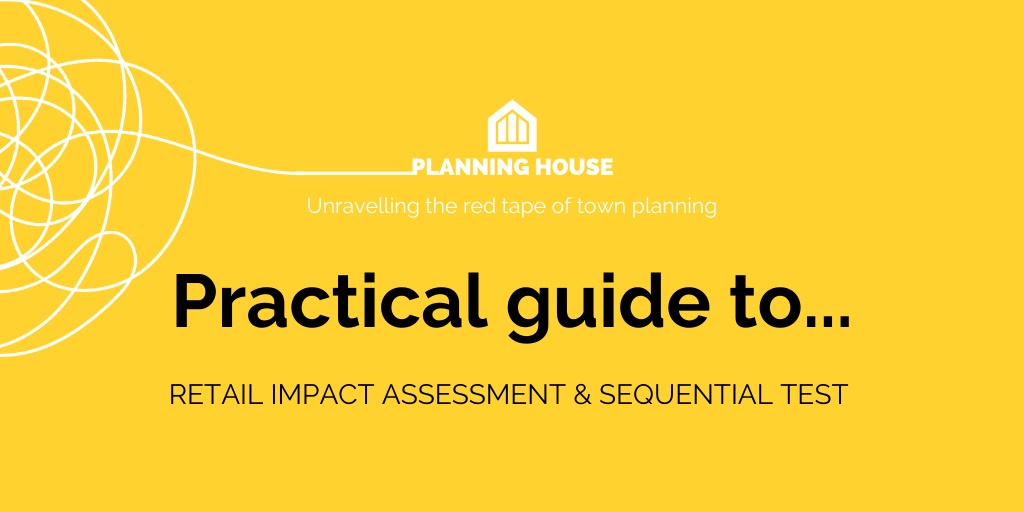What is a Retail Impact Assessment?
A Retail Impact Assessment is required as part of an application for retail use which is outside a defined retail centre. The assessment aims to evaluate the impact of the proposed development on the vitality and viability of existing centres within the local area.
When is a Retail Impact Assessment Needed?
Any application for retail use where gross floorspace will be over 2500 square metres requires a Retail Impact Assessment to be carried out unless local planning policy sets a lower threshold. In some cases, even smaller proposed developments will be subject to assessment, for example if they are likely to have a marked impact on smaller centres within the catchment area.
A Retail Impact Assessment can be a complex piece of work depending on your proposal and location and you are likely to need an appropriate consultant to carry out the work for you.
What is Taken into Account?
During a Retail Impact Assessment, the local planning authority will assess the impact of the proposal on all centres within the catchment area of the proposed development, considering existing, committed and planned public and private investment in these centres.
Secondly, the planning authority will take a more general look at the overall impact of the proposal on the town’s vitality and viability. This will include things like the potential impact on consumer choices and trade in both local and surrounding areas (depending on the scale of the proposed scheme).
What is a Sequential Test?
The sequential test is used to guide commercial developments to a suitable location, giving justification for the final chosen location. The scope of the test and the alternative locations to be considered should be agreed with the Local Planning Authority. new developments should first consider locations within an existing town centre or other defined retail centre. If no suitable locations are available, they are then guided to edge of centre locations, followed by out of centre locations that are ideally well connected and accessible.
It is up to the applicant to demonstrate compliance with the sequential test. For example, if an applicant wishes to develop a main town centre use out of centre, they must show evidence that they have first considered locations within the existing town centre. If they can provide evidence that these locations are unsuitable, the sequential test will be passed.
What is the Purpose of a Sequential Test?
Sequential testing supports the vitality and viability of towns by trying to ensure new developments are placed in town centre locations where possible.
What to Consider During a Sequential Test?
When carrying out a sequential test, a range of factors should be considered through the process:
- Assessment of the need for main town centre uses, taking into account issues like recent uptake of land, current and future needs and the type of land needed for main town centre uses.
- Evaluating whether the need for main town centre uses can be accommodated on available town centre sites. This step should include consideration of the suitability, accessibility, availability, and viability of the site.
- If it is concluded that the main town centre uses required for the development can’t be suitably accommodated in a town centre location, move to the next sequentially preferable sites – for example, a local or neighbourhood centre then edge of town sites.
Compliance with a Retail Impact Assessment or Sequential Test does not guarantee permission will be granted the application would still be subject to other material planning considerations.
Hiring a planning consultant with the relevant experience can be useful when navigating sequential tests and retail impact assessments. Collaborating with an expert could improve the chances of your development getting approved, in a location suiting both its own needs and those of the community.
Related Content:
In 2020 the Government changed the Use Class Order grouping a number of classes into the same use class (Class E). take a look at our blog covering the new use class New Use Class E – A ray of Hope for Britain’s Highstreets? And the permitted development rights associated with it in our article New Permitted Development Rights for Shops and Commercial properties.
And if you need help to progress a commercial development take a look at our blog When to Hire a Town Planner, which also has a download on Steps to Choosing a Town Planner.


